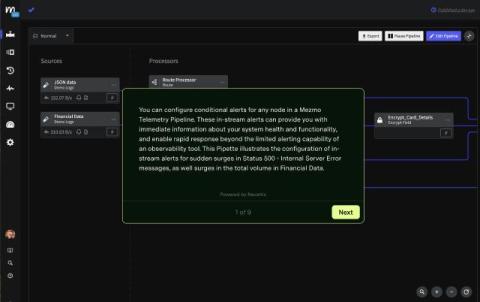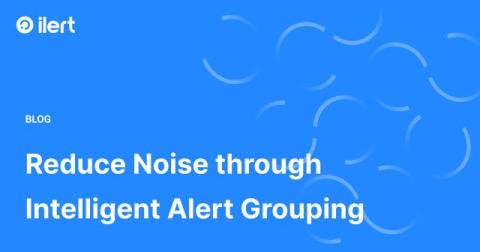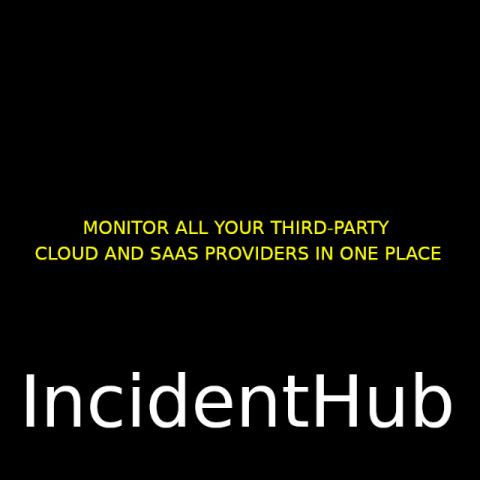Enhancing Postmortem Reports with AI
Postmortem reports are essential in incident management, helping teams learn from past mistakes and prevent future issues. Traditionally, creating these reports was a slow, tedious process, requiring teams to gather data from multiple sources and piece together what happened. But with AI and Large Language Models (LLMs), this process can become faster, smarter, and much less of a headache.











